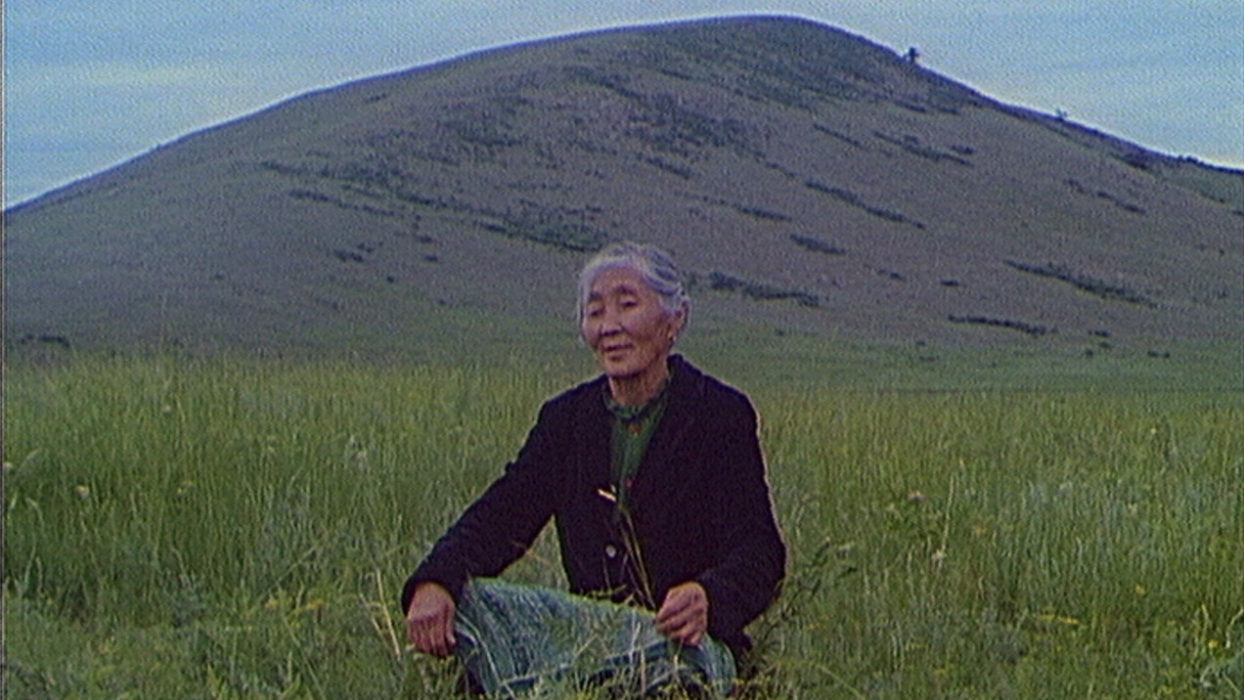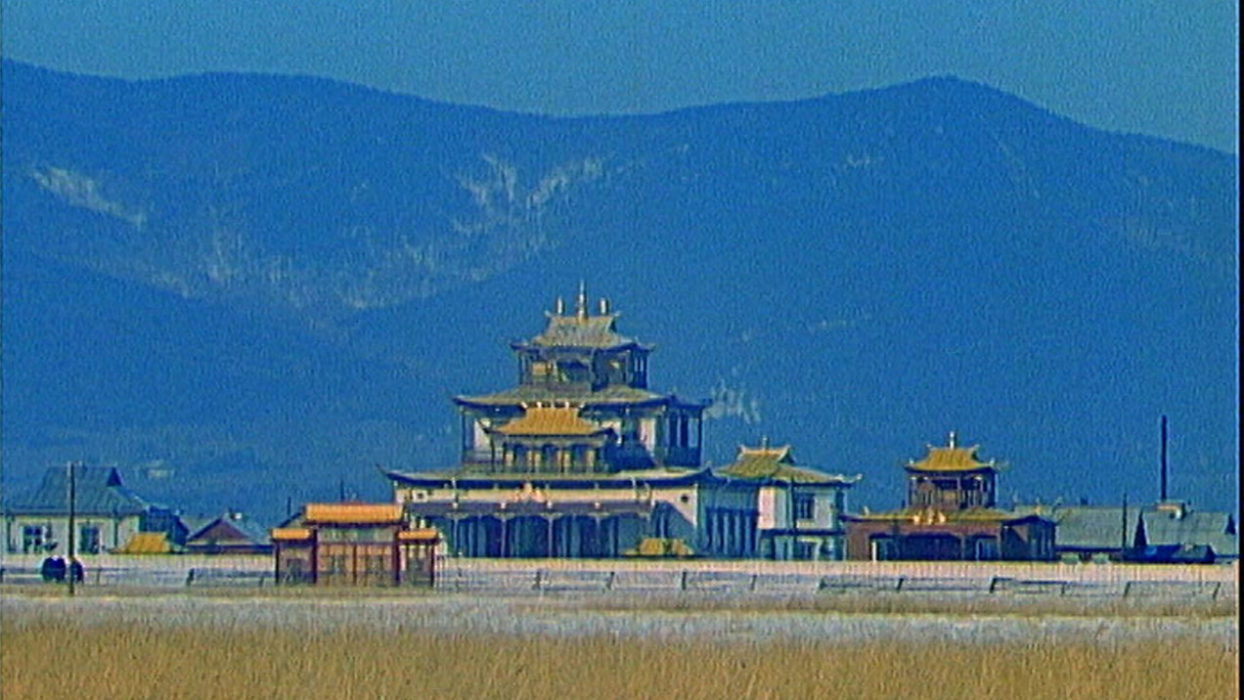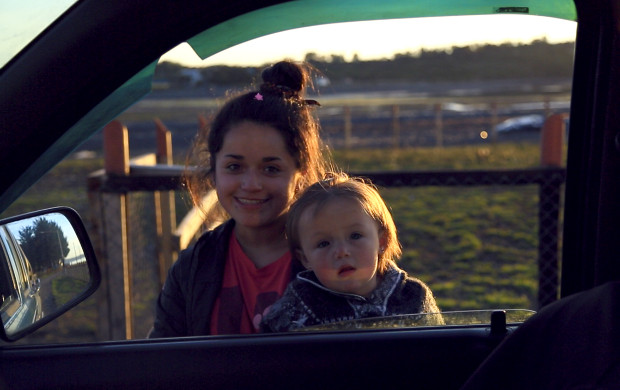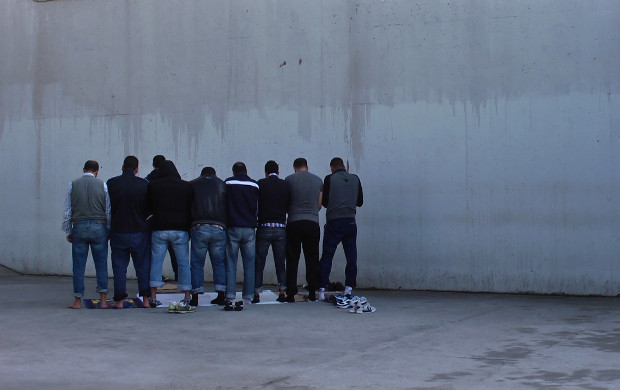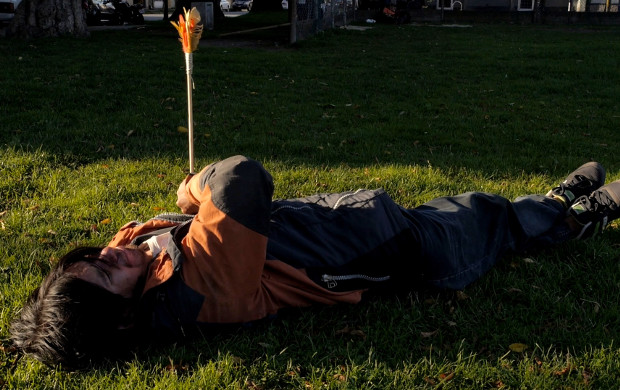Dni budushih budd
Days of Future Buddhas
- 2015
- Russia
- 53 minutes
- Russian
Shot on film between 1988 and 1993 and re-edited by the filmmaker in 2015, Days of Future Buddhas had also been banned… so has now returned to us from afar. Moreover, its subject is persistence – that of Buddhism in Russia during the Soviet era. The khambo-lama Mungko, whose burning funeral pyre is seen at the beginning of the film, will, according to belief, be reborn many times. The editing and voice-over follow the same principle, organising around this octogenarian a fluctuation between 1920s archives, conversations and Buddhist rites in Buryatia (eastern Siberia). “When religion was banned,” says a schoolteacher, “people began to pray to Chelsana Mountain because you can’t ban a mountain”… The story of Mungko’s education and long deportation is paralleled by the late 20th century and the “future Buddha”, the meaning of the forename that the teacher gave to her son. Valeriy Solomin strikes a masterful balance between the lama’s words and the practices of the faithful, between people and landscapes, creating gentle but powerful echoes, like the tree laden with strips of cloth echoing the memory of how Mungko was banned from praying in the camp and so wrote his prayers on rags that he threw to the wind. The filmic form is open-ended in time, and places side by side the old sage whose name means “eternal” and the future Buddha who urinates on the sacred mountain. (Charlotte Garson)
- Production : Kino-Siberia Film
- Editing : Valeriy Solomin
- Sound : Alla Coverdyaeva
- Photography : Victor Solomin
- Copy Contact : Kino-Siberia Film

